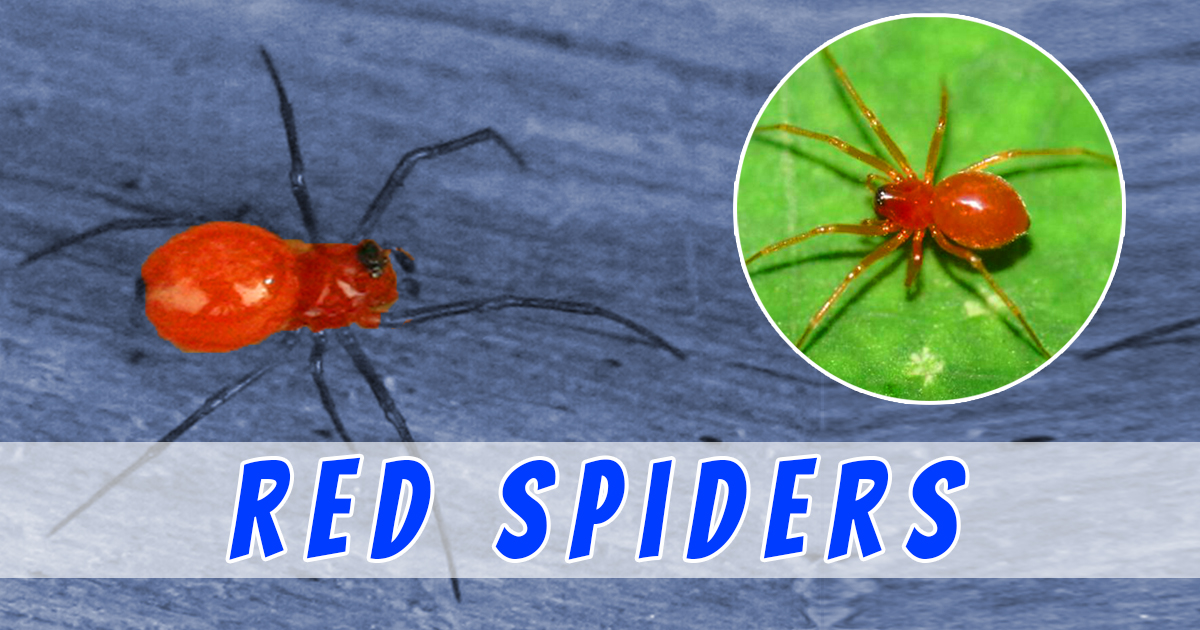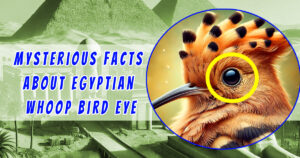Spiders are one of the most common arachnids found in homes, gardens, and various outdoor environments. Among them, a particular species stands out due to its bright color and potential bite, often raising curiosity and concern. Are they dangerous? Where can they be found? This blog post will answer all your questions, from identifying these spiders to understanding their habitat and how to prevent infestations. By the end, you’ll have a clear understanding of how to keep your home safe from these colorful creatures and whether they pose any real risk to humans or pets.
What Is a Red Spider?
Identifying Characteristics
The term “red spider” refers to a category of spiders that possess a distinct reddish hue. These arachnids are not limited to a single species, but their striking color sets them apart from more common brown or black varieties. Typically, they have eight legs, two body segments, and are covered in fine hairs contributing to their reddish appearance.
While many people use the term loosely, there are specific species like the Red House Spider and the Red Jumping Spider that exhibit this vibrant color. These spiders are generally small, usually no more than 0.5 inches in length, though their bright color makes them easy to spot.
Red Spiders vs. Red Spider Mites
It’s easy to confuse these spiders with red spider mites, but they are very different. Red spider mites are tiny arachnids that infest plants and can cause crop damage. They are much smaller, often less than 1 millimeter long, and feed on plant sap, leading to discolored leaves and unhealthy plants.
On the other hand, these spiders are predators, hunting insects or other small prey. The confusion arises because both creatures share a similar color and belong to the arachnid family. However, they do not feed on plants and pose no direct harm to your garden as spider mites do.
Common Species of Red Spiders
Red House Spiders
One of the most well-known species is the Red House Spider. As the name suggests, this species is commonly found indoors, particularly in dark, undisturbed areas like basements, attics, and corners. These spiders have a reddish-brown appearance and are often mistaken for other species, though they are not nearly as dangerous.
Red House Spiders are small, growing up to 0.2-0.3 inches in size. Their bite is generally harmless to humans, though it may cause mild irritation or redness at the bite site.
Red Jumping Spiders
Another species is the Red Jumping Spider. Unlike other spiders that rely on webs to catch prey, Jumping Spiders are active hunters that leap on their prey to capture them. They are known for their excellent vision and quick reflexes.
Red Jumping Spiders are easily recognizable due to their bright body, black legs, and occasional black spots on their abdomen. While their appearance might seem intimidating, they are not aggressive toward humans and will only bite if they feel threatened.
Are They Dangerous?
Venom and Risk to Humans
One of the first questions people ask when encountering this species is whether they are dangerous. While most are not considered life-threatening, some may bite if provoked. The bites of species like the Red House Spider or Red Jumping Spider are typically not harmful to humans. Their venom is mild and primarily used to immobilize prey.
For most people, a bite will result in minor symptoms such as itching, redness, and slight swelling. However, individuals with allergic reactions to spider venom may experience more severe symptoms and should seek medical attention if necessary. These spiders are far less dangerous than highly venomous species like the Black Widow.
Symptoms of a Spider Bite
Symptoms of a bite can vary, depending on the sensitivity of the person bitten. Common symptoms include:
- Redness around the bite site
- Mild swelling
- Itchiness or irritation
- Slight pain at the bite site
In rare cases, individuals with a spider bite allergy might experience more severe reactions, such as difficulty breathing, dizziness, or nausea. Although these reactions are uncommon, it’s always best to monitor the bite and consult a healthcare professional if symptoms worsen.
Habitat: Where Do Red Spiders Live?
Habitat Preferences of Red Spiders
These spiders can be found in various parts of the world, often preferring dark, damp environments where they can hunt for prey. Indoors, they favor areas that are undisturbed, such as attics, basements, crawl spaces, and room corners. Outdoors, they are more likely to be found in gardens, under rocks, or in woodpiles.
Species like the Red Jumping Spider are more active during the day and are frequently seen hopping between plants or structures while hunting for insects. Their preferred habitats can vary depending on the species, but they generally thrive in areas that provide shelter and ample food.
Infestations in Homes
Although they are solitary creatures, homes that provide ideal conditions—such as high humidity and plenty of hiding places—can sometimes experience an infestation. If you notice multiple of them in your home, it may be a sign that your property has become an attractive environment. Reducing the factors that invite them, such as clutter, moisture, and insect prey, can prevent an infestation.
How to Get Rid of Them
Preventing Infestations
Preventing them from entering your home requires a few proactive steps:
- Seal entry points: Ensure that cracks and gaps in windows, doors, and walls are properly sealed.
- Reduce clutter: Spiders are drawn to cluttered, dark areas. Regularly clean and declutter your basement, attic, and garage.
- Control moisture: Spiders are attracted to humid environments. Fixing leaks and using a dehumidifier can help reduce humidity levels.
Natural and Chemical Solutions
If you’re dealing with an infestation, there are several ways to address the issue:
- Natural remedies: Use peppermint oil, vinegar, or citrus sprays to repel them. These solutions are safe for homes with pets and children.
- Chemical sprays: For severe infestations, chemical sprays designed to kill spiders may be necessary.
- Professional exterminators: For large infestations, calling a pest control service is often the most effective solution.
For more on natural remedies and spider control, check out Pest Control Technology
How Red Spiders Affect the Ecosystem
Beneficial Predators
Although they might seem alarming, these spiders can actually be beneficial for ecosystems and even homes when their populations are controlled. They are predators of insects, feeding on small bugs like flies and mosquitoes that can become nuisances.
In gardens, they help reduce the population of harmful insects, such as aphids, indirectly protecting plants and promoting healthier growth. This makes them valuable contributors to the ecosystem, especially in agricultural settings where pest control is essential.
FAQs About Red Spiders
Are red spiders poisonous to pets?
Most species are not poisonous to pets. However, as with humans, it’s always best to monitor your pets if they’ve been bitten.
How can I identify a red spider bite?
A bite typically looks like a small, red bump on the skin, accompanied by mild itching or pain. If you notice any of these symptoms after encountering a spider, it’s likely a bite.
What attracts red spiders to my home?
They are often attracted to homes with moisture, clutter, and an abundance of insect prey. Maintaining a clean, dry environment can help prevent them from entering.
Conclusion
Though they are fascinating creatures, their presence indoors can cause anxiety. While most species, such as the Red House Spider and Red Jumping Spider, are harmless to humans, it’s still important to take steps to prevent them from entering your home. By understanding their behavior, habitat preferences, and how to safely remove them, you can keep your home spider-free without fear of harmful bites.
Visit our homepage for more benificial tips and useful blogs

Joseph Bush is a seasoned writer and researcher with over 7 years of experience covering a wide range of general topics, from lifestyle and technology to business and current events. He is dedicated to producing fact-checked, reader-friendly content that informs, engages, and empowers readers.
Throughout his career, Joseph has followed strict editorial guidelines, relied on reputable sources, and ensured every article meets the highest standards of accuracy and clarity. His expertise spans multiple fields, allowing him to explain complex topics in a way that’s easy to understand.
Passionate about continuous learning, Joseph stays updated on industry trends and best practices to deliver trustworthy, well-rounded insights. Readers can rely on his work for its credibility, depth, and real-world relevance.




